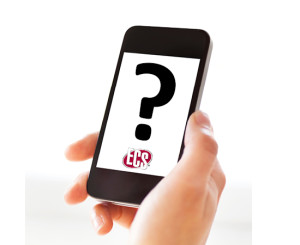 Once again, Apple is doing its best to give electronics a huge boost into the future with the release of the new iPhone 6S and iPhone 6S Plus. The technological top dog has upgraded everything from the phone’s processors to its camera—and Apple has finally brought the much anticipated 3D touch capability to life.
Once again, Apple is doing its best to give electronics a huge boost into the future with the release of the new iPhone 6S and iPhone 6S Plus. The technological top dog has upgraded everything from the phone’s processors to its camera—and Apple has finally brought the much anticipated 3D touch capability to life.
While most consumers focus their attention to the phone’s new entertainment abilities and usage innovation, we like to focus on some different aspects here at ECS. While Apple’s Timothy Cook may not have mentioned electrochemistry or solid state science in announcing the new iPhone, these sciences are what allow for higher processing speeds, improved displays, touch recognition, longer battery life, and much more.
Get a full understanding of the science behind the smartphone.
Highlights of the iPhone 6S:
- Improved 12 megapixel camera
- Qualocomm chip to double LTE speeds from 150 mbps to 300 mbps
- Improved TouchID fingerprint sensor
- New 64-bit chip for 70 percent faster CPU
- 3D touch capability through sensor technology
Get more info on the iPhone 6S.
PS: Listen to technology and engineering expert Lili Deligianni’s podcast on innovation in electronics!

